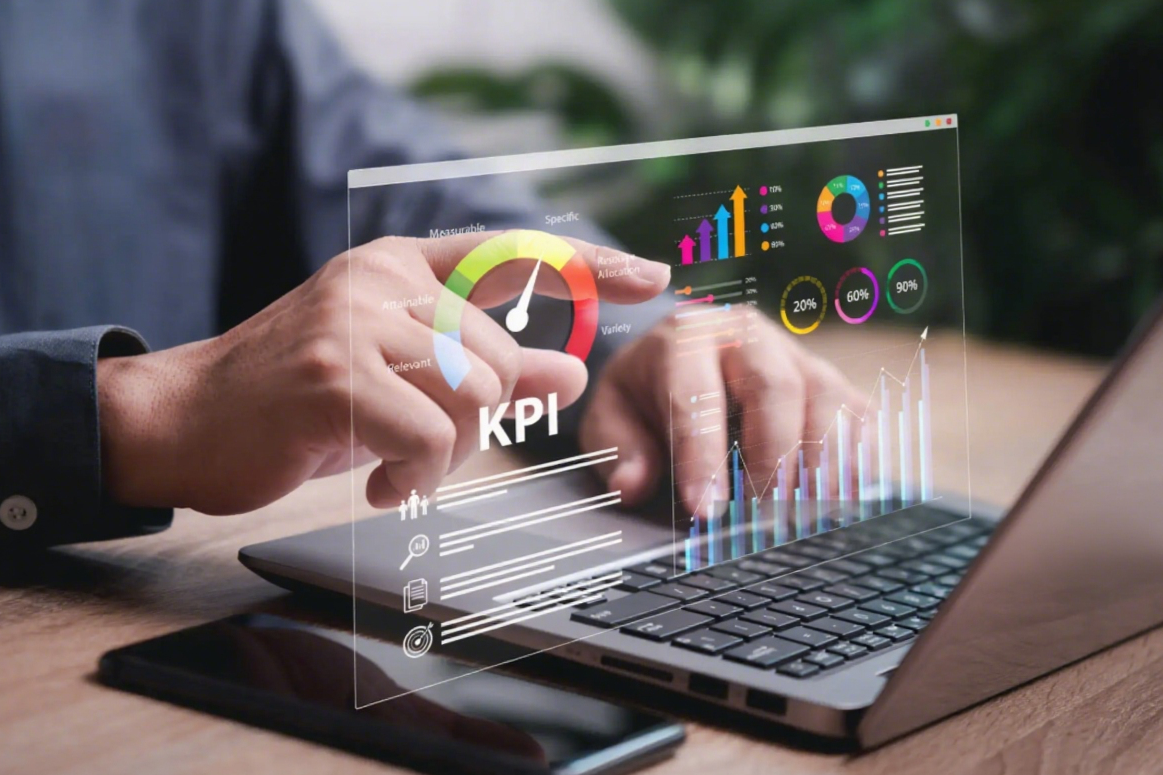Unlocking Value in Direct Procurement KPIs Every Procurement Leader Should Track
16 Jul 2025
Table of Contents
In today's fast-paced and increasingly complex supply chain environment, tracking the right direct procurement KPIs is more than a best practice—it's a strategic necessity. These key performance indicators do more than quantify procurement activity; they deliver actionable insights into cost control, supplier performance, and operational efficiency.
When chosen and applied effectively, KPIs help procurement leaders make smarter decisions, align purchasing strategies with broader business goals, and uncover hidden value across the supply base. They serve as a bridge between day-to-day execution and long-term strategic impact.
In this guide, we'll examine the most critical KPIs in direct procurement and show how they can be used to improve performance, strengthen supplier collaboration, and drive measurable results.
What Are Direct Procurement KPIs and Why Do They Matter?
Direct procurement KPIs are specific metrics that track procurement activities. They help leaders measure efficiency and assess value. This is critical in managing supplier relationships and reducing costs.
These KPIs guide decision-making and strategic planning. They reveal trends that affect the procurement process and provide insight into performance. Ultimately, they help procurement teams achieve key objectives.
Key reasons why these KPIs matter include:
· Monitoring cost savings.
· Enhancing spend analysis accuracy.
· Improving supplier performance.
· Ensuring process efficiency.
With clear KPIs, procurement processes become more manageable and transparent. This results in better outcomes across the supply chain.

Core Direct Procurement KPIs Every Leader Should Track
Tracking the right KPIs is essential for successful procurement. These metrics provide insights that influence decision-making. Procurement leaders must focus on specific KPIs to drive continuous improvement.
Essential KPIs to monitor include:
· Cost savings.
· Spend analysis.
· Supplier performance.
· Procurement cycle time.
· Compliance rates.
Leaders who emphasize these areas gain a competitive edge. They improve operational efficiency and align procurement goals with business strategies.
Each KPI offers unique benefits. Understanding these can enhance procurement outcomes significantly. Leverage these insights for better performance.
1.Cost Savings and Spend Analysis
Cost savings is a major objective in procurement. Tracking cost savings ensures resources are used efficiently. This KPI measures the effectiveness of cost reduction efforts.
Spend analysis complements cost savings by identifying spending patterns. It highlights opportunities for further savings and optimization. Comprehensive insights lead to better resource allocation.
Key metrics include:
· Cost savings percentage.
· Budget variance.
· Top spending categories.
These indicators offer a clear picture of financial performance. They enable strategic purchasing decisions that reduce costs and boost value.
2.Supplier Performance Metrics
Supplier performance directly impacts procurement success. Monitoring these metrics ensures supplier reliability and quality. It also strengthens relationships.
Essential supplier metrics to track are:
· On-time delivery rate.
· Defect or quality rate.
· Supplier scorecard rating.
These metrics help identify areas for improvement. They also facilitate better negotiation outcomes. Leaders can use this data to choose the right partners.
Consistently evaluating suppliers ensures alignment with procurement goals. This enhances efficiency and minimizes risks.
3.Procurement Cycle Time and Process Efficiency
Process efficiency determines how quickly procurement operations are completed. Procurement cycle time tracks the duration from request to order fulfillment. This KPI is crucial for managing time and resources effectively.
Reducing cycle time improves overall efficiency. It also supports timely deliveries and customer satisfaction. Key metrics include:
· Requisition to order time.
· Order to delivery time.
· Total process cycle time.
Focusing on these metrics helps in streamlining operations. Quicker cycle times result in better resource use and cost savings.
4.Compliance and Risk Management KPIs
Compliance KPIs ensure adherence to procurement policies and contracts. They safeguard against legal and financial risks. Tracking these metrics highlights deviations and areas for correction.
Key compliance and risk KPIs are:
· Contract compliance rate.
· Policy adherence rate.
· Supplier risk assessment score.
These help ensure that procurement aligns with business standards. Addressing non-compliance reduces risks and builds trust. Effective compliance management supports long-term procurement success.
5.Inventory and Total Cost of Ownership
Inventory management is vital for cost control. It ensures that inventory levels align with demand. The inventory turnover ratio is a key metric that indicates efficiency.
Total cost of ownership (TCO) measures all costs associated with acquiring an item. It includes purchase price, operation, and maintenance costs. Tracking TCO helps in evaluating the true cost and value of products.
Important metrics include:
· Inventory turnover ratio.
· Days inventory outstanding.
· Total cost of ownership.
Accurate tracking leads to better budgeting and cost control. Improved inventory management prevents overstock and shortfalls. Such insights are crucial for effective procurement planning.
Best Practices for Setting and Monitoring Direct Procurement KPIs
Establishing effective KPIs requires a clear strategy. Begin with aligning KPIs with your business objectives for coherence and focus. Regularly review and update these metrics to adapt to market changes.
Key practices include:
· Setting realistic and measurable targets.
· Using dashboards for real-time tracking.
· Engaging stakeholders for diverse insights.
Incorporating these best practices fosters a culture of accountability. This continuous improvement drives procurement success and competitive advantage.

Leveraging Technology and Analytics for KPI Success
Utilizing advanced technology is key to transforming procurement operations. Deploying analytics tools enhances visibility and precision in KPI tracking.
Consider implementing:
· Predictive analytics for forecasting trends.
· Real-time dashboards for instant insights.
· AI for automating data collection.
These technological aids ensure accurate assessments. They empower procurement leaders to make informed decisions and drive performance improvements efficiently.
Aligning KPIs with Strategic Business Goals
Aligning KPIs with business objectives ensures procurement efforts support long-term strategies. This alignment enhances focus and optimizes resource allocation.
Continual review of KPIs ensures they remain relevant amid changing business landscapes. This practice fosters sustained improvement and competitive edge.
Conclusion: Driving Value Through Direct Procurement KPIs
Direct procurement KPIs provide clarity and direction for procurement leaders. By tracking these metrics, organizations can unlock significant value and achieve cost savings. Focusing on KPIs helps identify areas for improvement and enhance operational efficiency.
Integrating technology and aligning KPIs with strategic goals magnifies their impact. It enables swift adaptation to market changes, driving sustainable growth. Regular KPI reviews ensure strategies remain aligned with business priorities, supporting ongoing success and competitive advantage.
